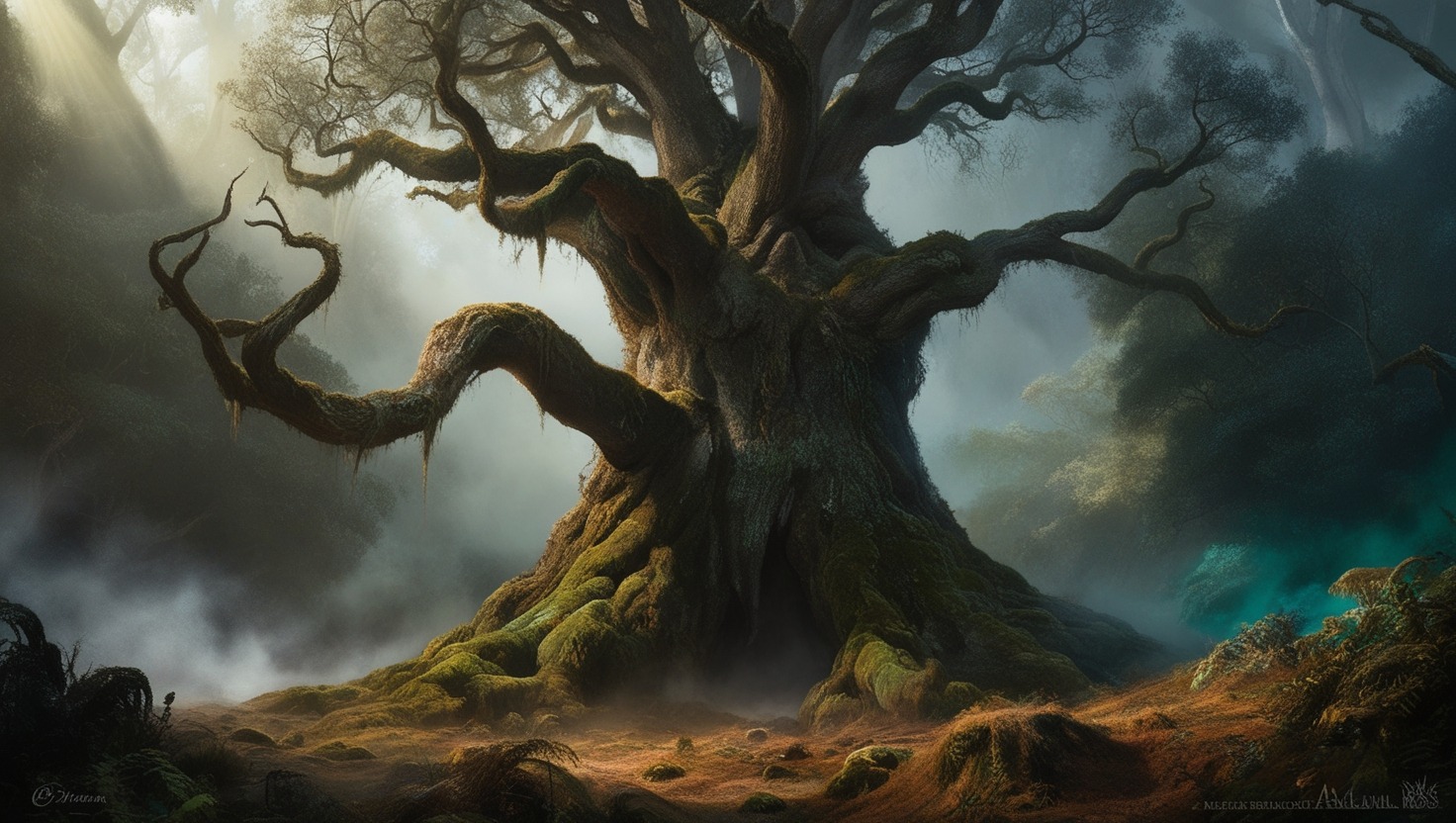events and fest
Đeman: Origins, Myths, and Legends of a Mysterious Spirit
Published
10 months agoon
By
Amolia
The Slavic folklore tradition is rich with mystical beings, often protecting villages, guiding people, or manifesting as symbols of the unknown. One such figure, Đeman, holds a unique place in the mythology of various Slavic cultures. Known for blending elements of fear, reverence, and mystery, the Đeman has appeared in tales across Eastern European regions for centuries. From myths surrounding its origin to its role as a protector spirit, Đeman reflects deep-seated beliefs in nature, the supernatural, and human resilience.
In this article, we will explore the Đeman in detail, looking at its origins, symbolism, various myths, and how this character continues to resonate in modern interpretations. Whether you are a folklore enthusiast or a curious reader, the Đeman offers an intriguing glimpse into the spirituality and traditions of Slavic cultures.
Introduction to Đeman: The Mysterious Protector Spirit
The Đeman represents an ethereal spirit with ties to ancient Slavic mythology, where it is often regarded as a guardian of the natural world. Unlike other supernatural beings seen as dark or destructive, the Đeman embodies a delicate balance of protection and fear. Traditionally, it serves as a custodian of forests, mountains, and sometimes even human dwellings, emphasizing humanity’s connection with nature.
The Origins of Đeman in Slavic Mythology

Đeman
Slavic Roots of Đeman Mythology
Đeman’s origins trace back to early Slavic tribes, where supernatural elements were a central part of daily life. The figure is believed to have originated as a forest spirit or a guardian of sacred spaces, illustrating the Slavic people’s respect and awe for nature. Ancient tales describe Đeman as an ever-watchful presence, ensuring that humans respected the earth and its resources.
Evolution of the Đeman Myth Across Cultures
Although the Đeman appears in various forms throughout Slavic folklore, each region has shaped its character to reflect its unique environment and values. In Russian folklore, for example, Đeman is often linked to winter and the harsh survival it demands, while in Southern Slavic tales, it may appear as a protector against drought or fires, depending on the region’s climate and historical struggles.
Symbolism of Đeman in Folklore
The Đeman as a Symbol of Nature’s Duality
The Đeman’s nature is both protective and cautionary, symbolizing the dual aspects of nature—its beauty and its danger. It serves as a reminder of the respect humans must show towards the environment, echoing themes of preservation and balance. In this way, Đeman acts not only as a guardian spirit but also as a force reminding people of nature’s power and unpredictability.
Đeman in Mythology as a Moral Compass
Slavic stories often use Đeman as a moral figure, punishing those who exploit nature or harm innocent beings while rewarding those who demonstrate humility and respect. This duality reinforces Đeman’s role in guiding human behavior, embedding ethical values into folklore that promote community harmony and environmental stewardship.
Legends Surrounding Đeman: Famous Folktales
The Tale of Đeman and the Lost Traveler
One popular legend tells of a weary traveler lost in a dense forest. As night fell, the Đeman appeared, guiding the traveler back to safety, but not before teaching him to respect the forest. This story underlines Đeman’s protective role and the idea that nature, though daunting, can offer kindness when respected.
Đeman and the Farmer’s Greed
Another story involves a farmer who attempted to clear more land than he needed, destroying several ancient trees. Enraged, the Đeman appeared, causing his crops to fail until he replanted and cared for the forest. Such tales emphasize Đeman’s role as a preserver of nature’s equilibrium, showcasing the consequences of human greed.
Đeman’s Physical Representation in Folklore
Visual Descriptions in Myths
The appearance of Đeman varies across regions, though it is often depicted as an ethereal, ghost-like figure shrouded in mist or foliage, blending seamlessly with the environment. Some stories portray Đeman as a towering figure with branches for limbs and leaves as hair. While others describe it as a shape-shifter able to take on animal forms.
Đeman’s Connection with Forest Animals
As a nature spirit, Đeman often associates with forest animals, which act as messengers or companions. Animals like wolves, owls, or stags frequently accompany Đeman, reinforcing its role as the protector of all life within its domain. In some legends, Đeman’s ability to communicate with animals further demonstrates its connection to the natural world.
The Role of Đeman in Modern Culture
Đeman in Literature and Art
Đeman has inspired countless works of literature, art, and even film, where it represent mystery, protection, and nature’s raw power. Many modern artists reinterpret Đeman’s form, using it as a symbol to remind society of the consequences of environmental neglect. Through these representations, the ancient legend of Đeman finds new meaning in the context of contemporary environmentalism.
The Đeman as an Environmental Symbol
Today, Đeman symbolizes the environmental movement for some, embodying the need to preserve forests and wildlife. Activists in Slavic regions sometimes evoke the Đeman as a cultural symbol, linking the fight to protect nature with ancestral respect for the earth. It makes it a meaningful emblem in both heritage and modern advocacy.
How to Honor the Spirit of Đeman in Modern Practices
Respecting Natural Spaces as a Form of Tribute
People often honor Đeman’s legacy by respecting forests, rivers, and other natural areas. In some regions, rituals include leaving small offerings or symbolic acts, such as planting a tree, as gestures of appreciation for Đeman’s guardianship.
Incorporating Đeman Symbolism in Daily Life
The Đeman’s legacy serves as a reminder of the interconnectedness between humans and nature. Practicing sustainability, conserving resources, and living harmoniously with the environment all reflect the spirit of Đeman in contemporary life. For many, these practices are seen as a way to uphold the values that Đeman represents.
Đeman: Lessons in Mythology and Modernity
The myth of Đeman reminds us of the age-old relationship between people and nature, a bond that has sustained cultures and traditions for centuries. The tales of Đeman—whether warning against greed or guiding the lost—reflect universal lessons of humility, reverence, and stewardship, urging us to protect and respect the world we inhabit. As folklore meets modern awareness, Đeman’s legacy as a guardian of the earth remains as relevant today as ever.
Conclusion
The Đe-man stands as a fascinating blend of myth, spirituality, and environmental reverence. In both ancient folklore and modern symbolism, Đe-man embodies an ever-present connection to nature, urging us to nurture, respect, and protect the world around us. The stories of Đe-man continue to remind us of our duty toward nature. It makes this guardian spirit a timeless figure in Slavic heritage. It is an enduring symbol in the fight to preserve our planet.
FAQs
What is the Đe-man in Slavic folklore?
The Đe-man is a mythical guardian spirit in Slavic folklore, often viewed as a protector of forests, wildlife, and natural spaces, embodying the power and balance of nature.
How does the Đe-man symbolize environmental protection?
Đe-man represents the harmony between humans and nature, rewarding respect and humility while punishing greed. Its symbolism has evolved into a cultural emblem for environmental stewardship.
What animals are associated with Đe-man?
In folklore, Đe-man is often accompanied by wolves, owls, and stags, symbolizing its guardianship over the animal kingdom and its connection to the wilderness.
How is Đe-man represented in art and culture today?
Modern art and literature frequently use Đeman to symbolize nature’s mystery and resilience, with the figure often appearing in environmental advocacy as a reminder of the importance of conservation.
What can we learn from the de-man myth?
The demand myth teaches us the value of humility, respect, and harmony with nature, offering a timeless lesson on the importance of sustainable living and environmental protection.

